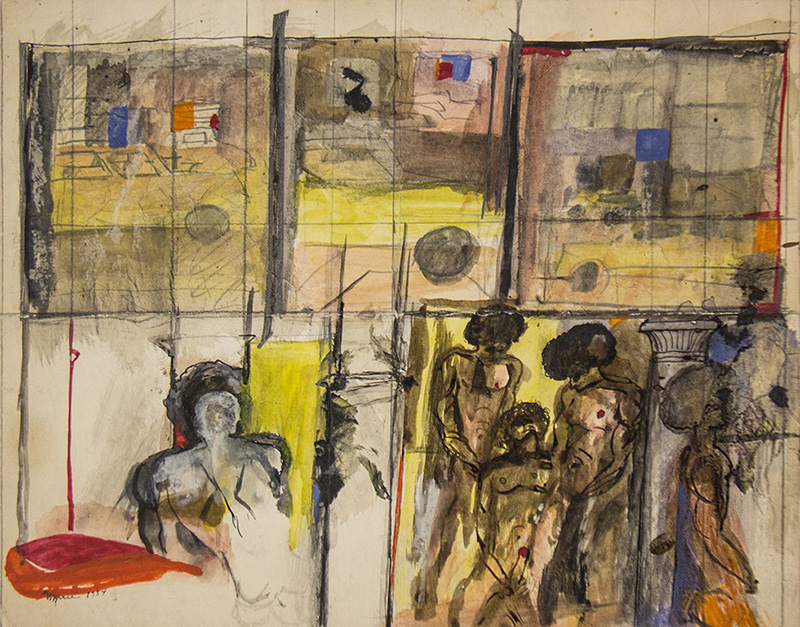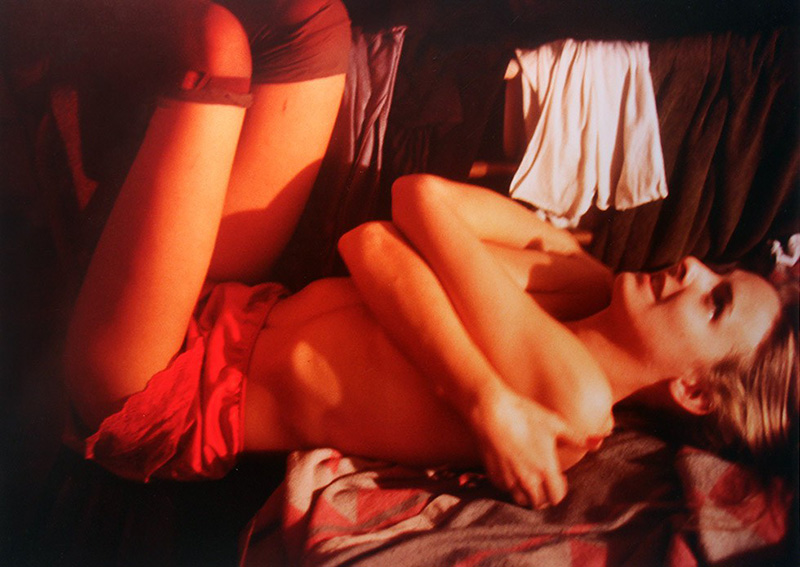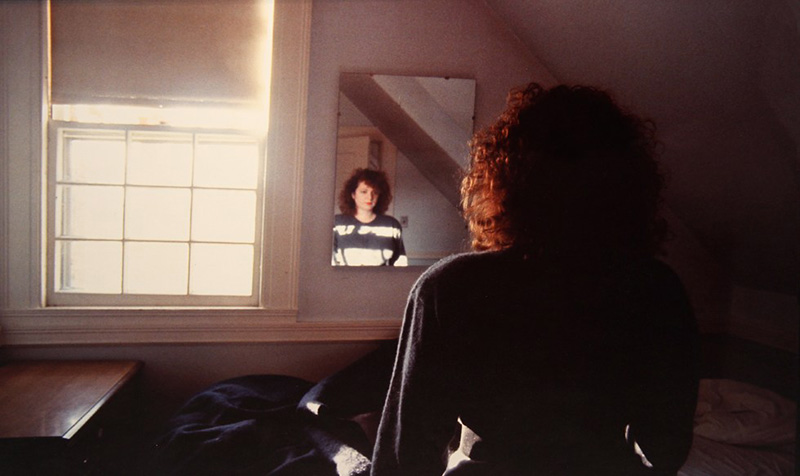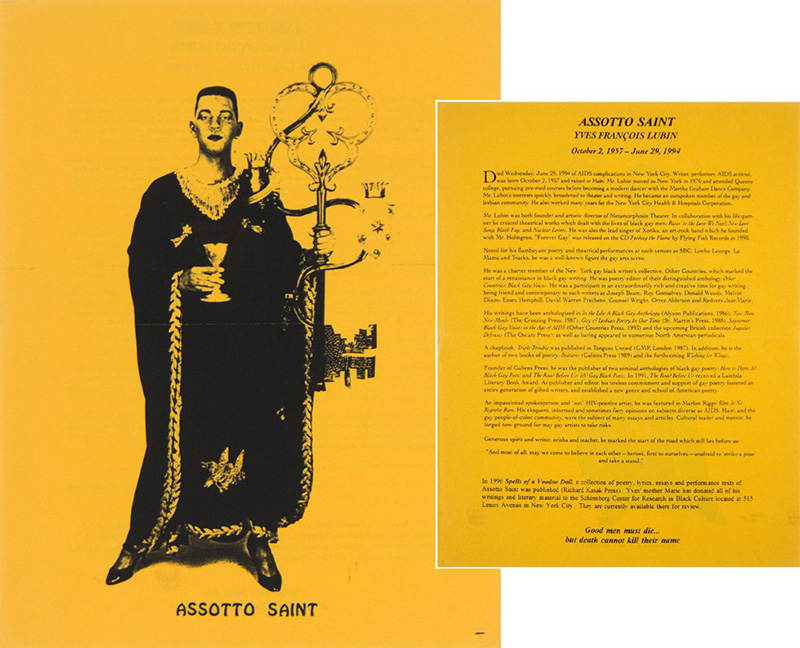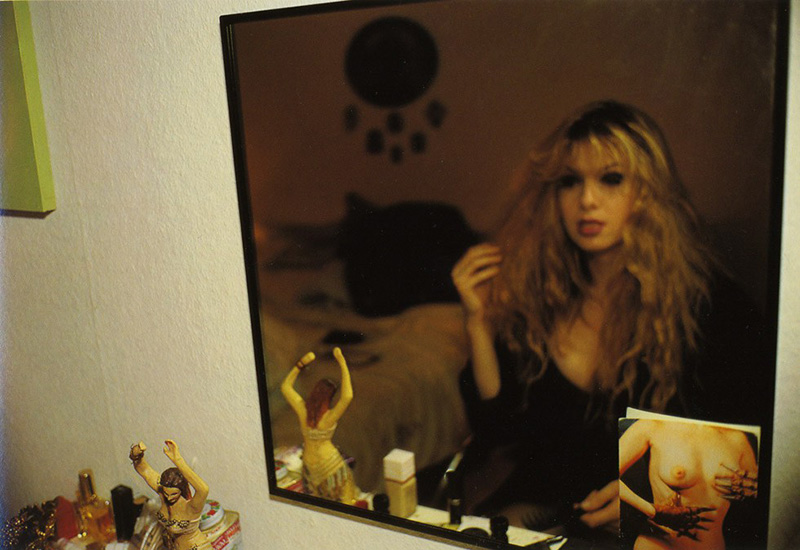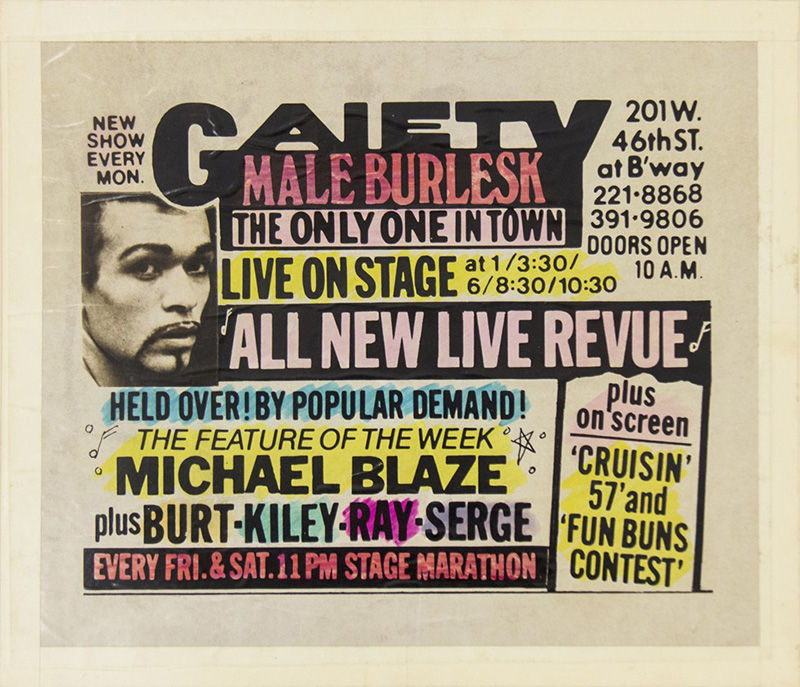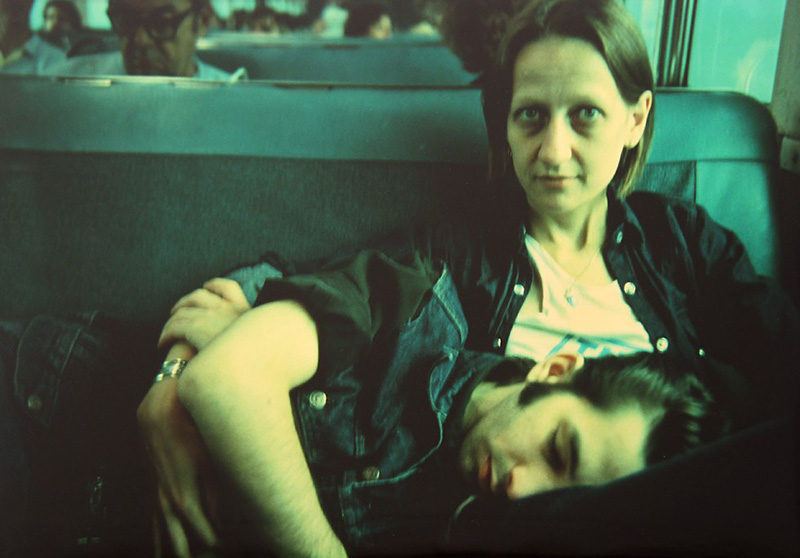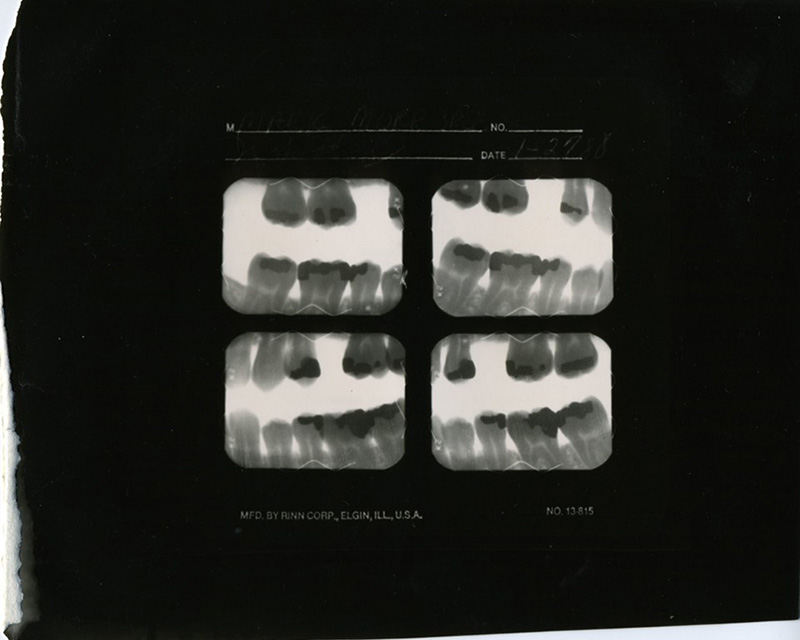ART-PRESENTATION: Screaming in the Streets AIDS, Art, Activism,Part I
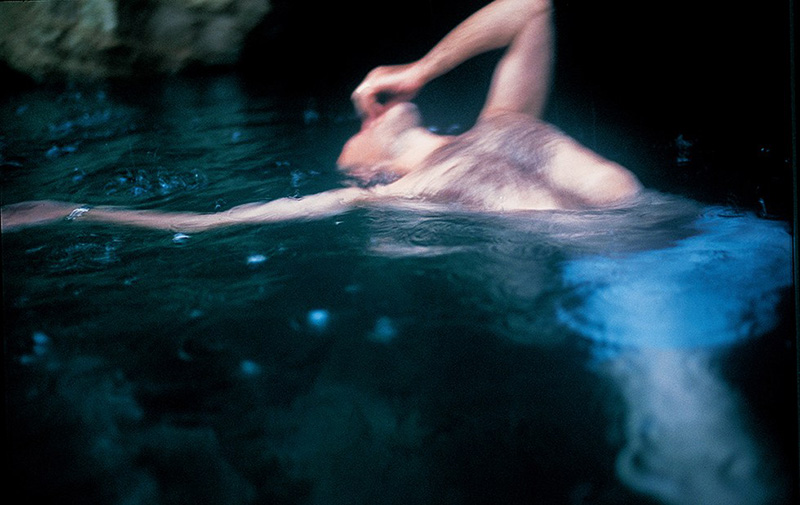 AIDS first erupted in urban gay male communities that had deep roots in the gay liberation movement and in the arts. The first wave of AIDS activism fused iconic graphics and dramatic political action to demand and win an urgent response from the government and medical institutions. Artists also grappled with the grief, rage, illness, sex, fear and death that ravaged our communities, and their work shaped the perception of HIV itself (Part II).
AIDS first erupted in urban gay male communities that had deep roots in the gay liberation movement and in the arts. The first wave of AIDS activism fused iconic graphics and dramatic political action to demand and win an urgent response from the government and medical institutions. Artists also grappled with the grief, rage, illness, sex, fear and death that ravaged our communities, and their work shaped the perception of HIV itself (Part II).
By Dimitris Lempesis
Photo: ClampArt Archive
The group exhibition “Screaming in the Streets: AIDS, Art, Activism” at ClampArt celebrates the launch of Ward 5B, a new archival and curatorial service. By 1995 at the height of the epidemic in the United States there were an estimated 48,371 annual AIDS-related deaths. The story of the artistic and activist responses to this medical crisis were marked by intergenerational, communal, as well as individual associations. The AIDS epidemic provided a startling glimpse into the strange connections between the most private of our lives and the most public. Additionally, radical spaces such as the Pyramid Club, PS 122, Danceteria, Boy Bar, s.n.a.f.u., Crisco Disco, Gaiety Theatre, The Club Baths, and other venues became contradictory under the lash of AIDS, serving not only as “safe zones” for the queer community, but also grounds where contact among individuals would propel the spread of this deadly new contagion. Amidst this unique cauldron of creativity, community, and disease sprang a generation of AIDS activists connected by art, while rooted in the historically radical politics and culture of New York City. The response to the epidemic brought about a clash of ideologies among the actors involved, both philosophical and economic, that is reflected in the artwork and ephemera of the era. There were many villains and heroes throughout the early years of the epidemic, from the criminal prejudice of the Reagan administration to the epic struggle with the creation of safe sex. The exhibition focuses on the meaning of radical spaces for sexual minorities and reflects upon a generation of lost artists, while illustrating the interconnectedness and collaborative working relationships among them. On presentation are works by: David Wojnarowicz, Ethyl Eichelberger, Gail Thacker, Gran Fury, Jack Smith, Jimmy DeSana, Keith Haring, Mark Morrisroe, Nan Goldin, Peter Hujar and Tseng Kwong Chi.
Info: Curator Greg Ellis, ClampArt, 247 West 29th Street, Ground Floor, New York, Duration 3/8-23/9/17, Days & Hours: Tue-Sat 10:00-18:000, https://clampart.com
